XPG Precog Gaming Headset Review
A Closer Look at the XPG Precog
The design of the Procog shares it’s defining characteristics with headsets from Razer and HyperX. It features circular ear cups with leatherette pads. XPG’s sun logo is printed on the inside of each ear cup.
The cups are suspended from a semicircular hinge that allows the cups to be angled up or down as well as rotate relative to the headband. The faces of the ear cups feature a decorative spoke pattern that lights up red when connected to the USB sound card. After a few weeks of use, the edge of one of the ear cups pulled loose from the rubber ring that holds it in place. I fixed this by tucking it back into place with my fingernail, but this repair was a little tedious. I would have preferred that the ear cups be secured better to start with. This can probably be prevented by running a bead of glue around the seams between the fabric of the ear cups and the plastic shells.
The headset is suspended by a leatherette headband that lengthens when pressure is applied to it. The clamping force that keeps the ear cups pressed to your head comes from two plastic sleeved metal bands above the headband. The headband design allows the headset to adjust to the shape and size of your head automatically, but the Precog has an annoying tendency to slide out of place if pressure is applied to the top of the headband. Wearing the hood of a jacket over the Precog is not an option. Overall, the headset is quite comfortable and the headband adapted well to the somewhat odd shape of my head.
The left ear cup contains the headset’s two cable ports and one mic port. The cables are standard USB type C and 1/8″ audio ports, while the microphone uses a custom keyed 1/8″ audio connection. The microphone is mounted on a flexible arm that mounts to the headset at a slight downward angle.
The cables are all sleeved and feature sturdy metal connector housings. Both the USB and 1/8″ cables are divided into multiple sections to allow the headset to connect to a variety of different devices. The cable lengths are also well matched to the devices that they are intended to interface with. The upper sections of both cables are long enough to be run under a jacket and back up to a comfortable height for phone users without being excessively long, while the lower sections extend the cables to a more reasonable length for desktop users who are more likely to have their system several feet away. The upper section of the USB cable allows the headset to connect to any device with a USB type C port and features a sound card that has controls for volume, microphone noise canceling, microphone mute, led lighting, and the three sound card profiles. The lower section of the USB cable is a simple USB Type C to USB type A extension cable that allows you to connect the headset to devices that use full-size Type-A ports. The upper section of the 1/8″ cable features a simple volume control and mic mute switch and ends in a four-pole connector for phones and laptops that have a single headphone/mic port. The lower section of the 1/8″ cable splits the combination connector out to separate headphone and microphone ports.
The Precog’s microphone assembly consists of a flexible arm and a noise-canceling microphone covered in foam to protect against wind noise. The microphone is removable, but cannot fold into the headset. The arm also points further down than most, so you will likely have to bend it upwards a bit to get the microphone close enough to your mouth.
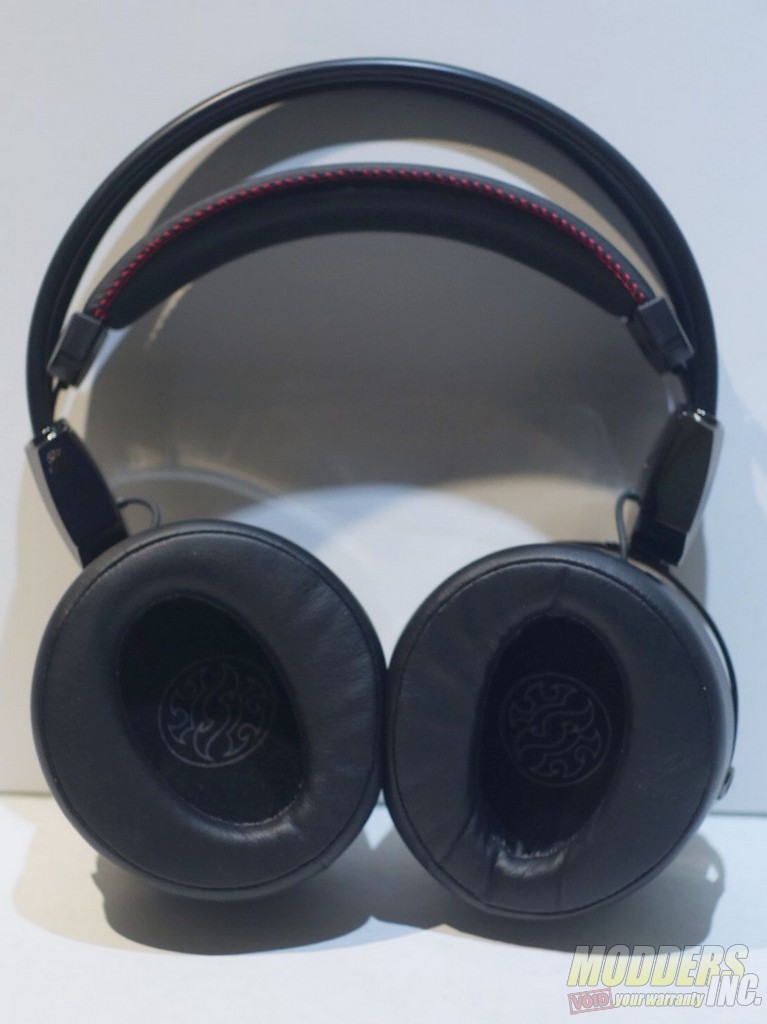
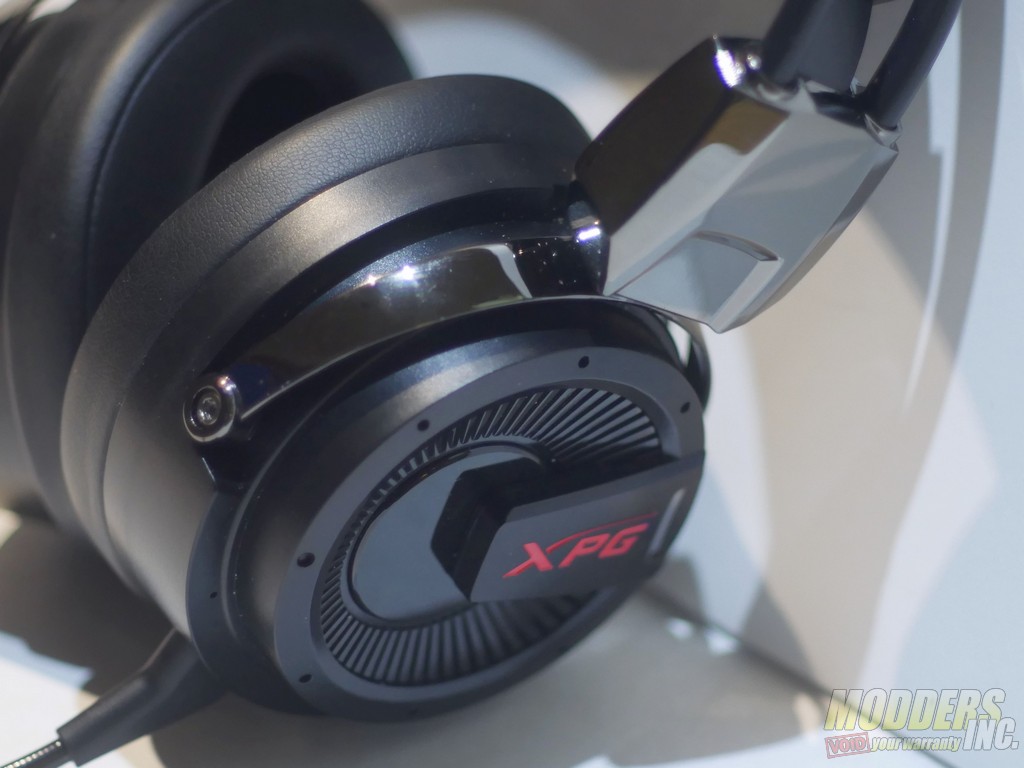
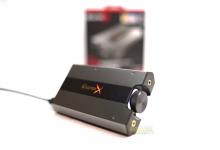
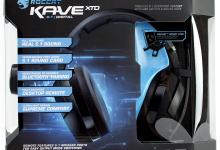
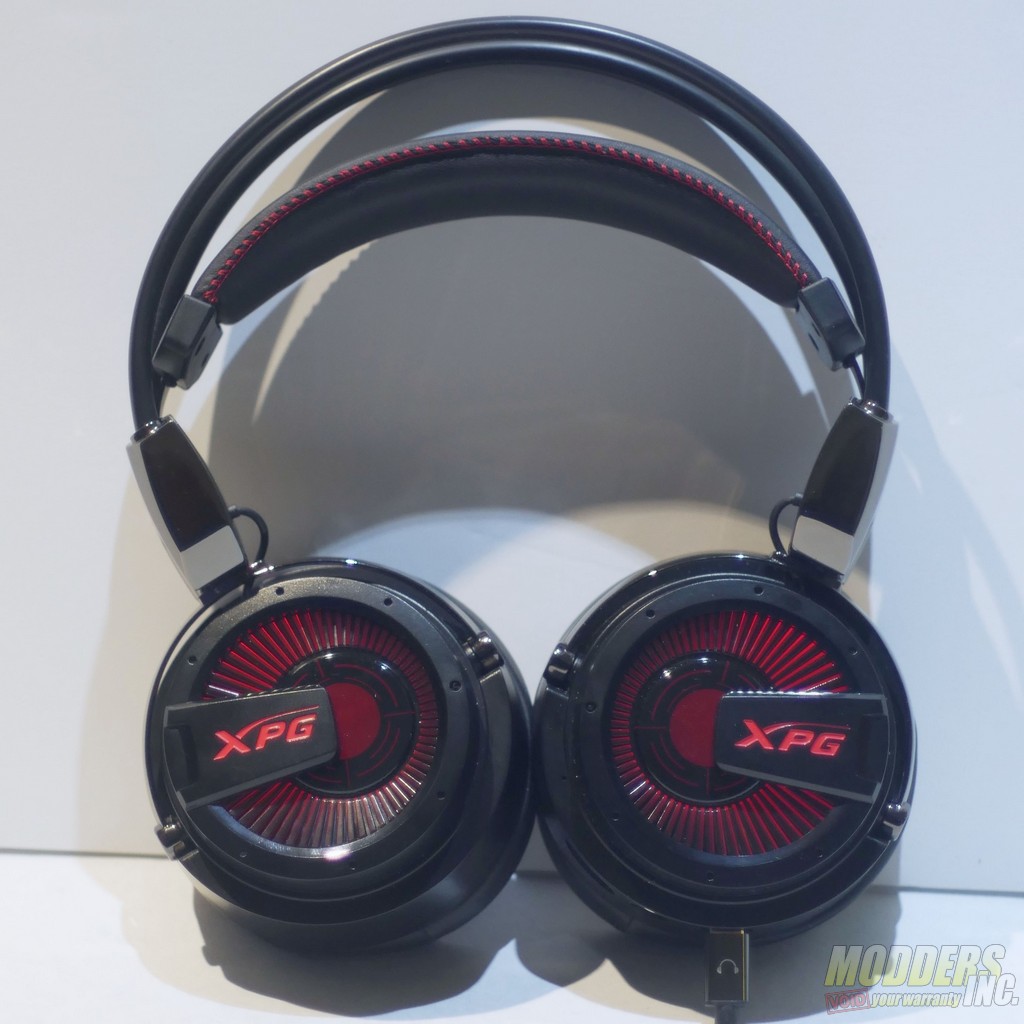
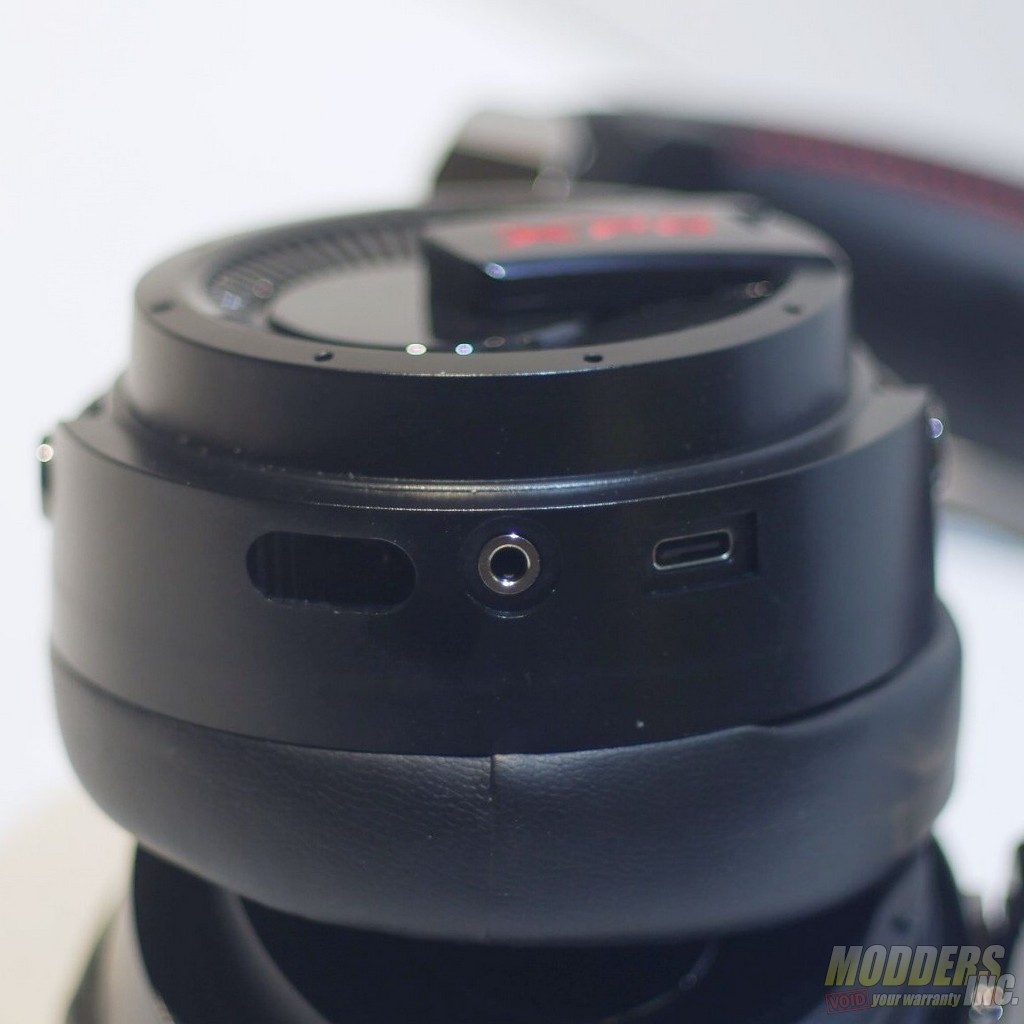
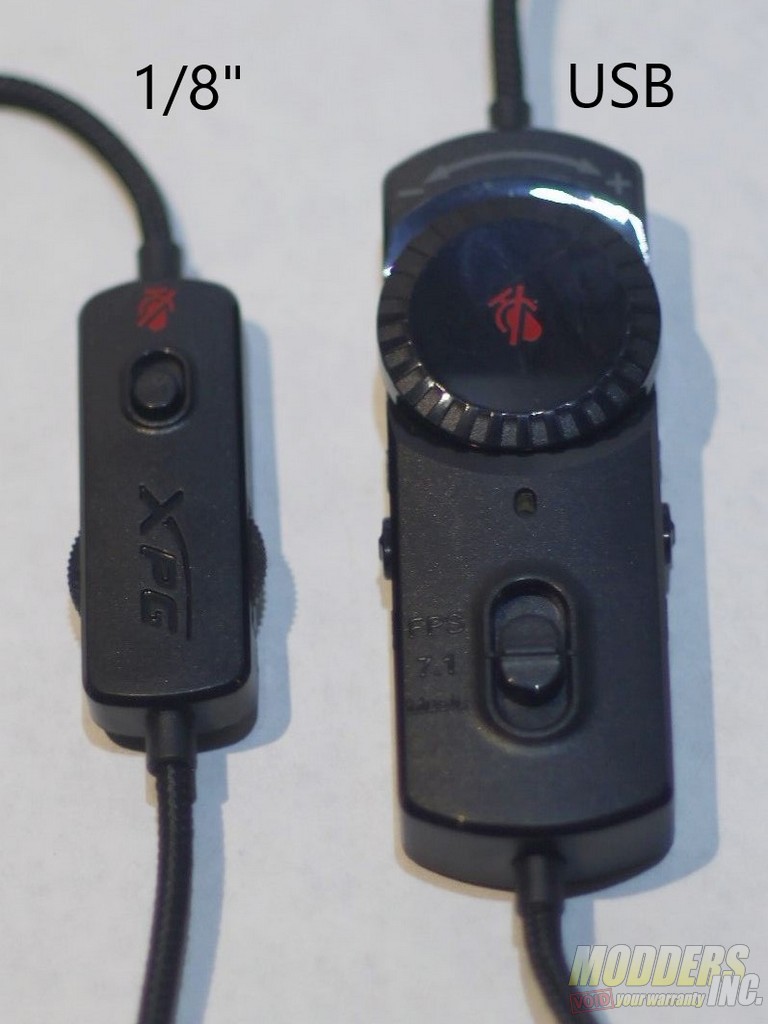
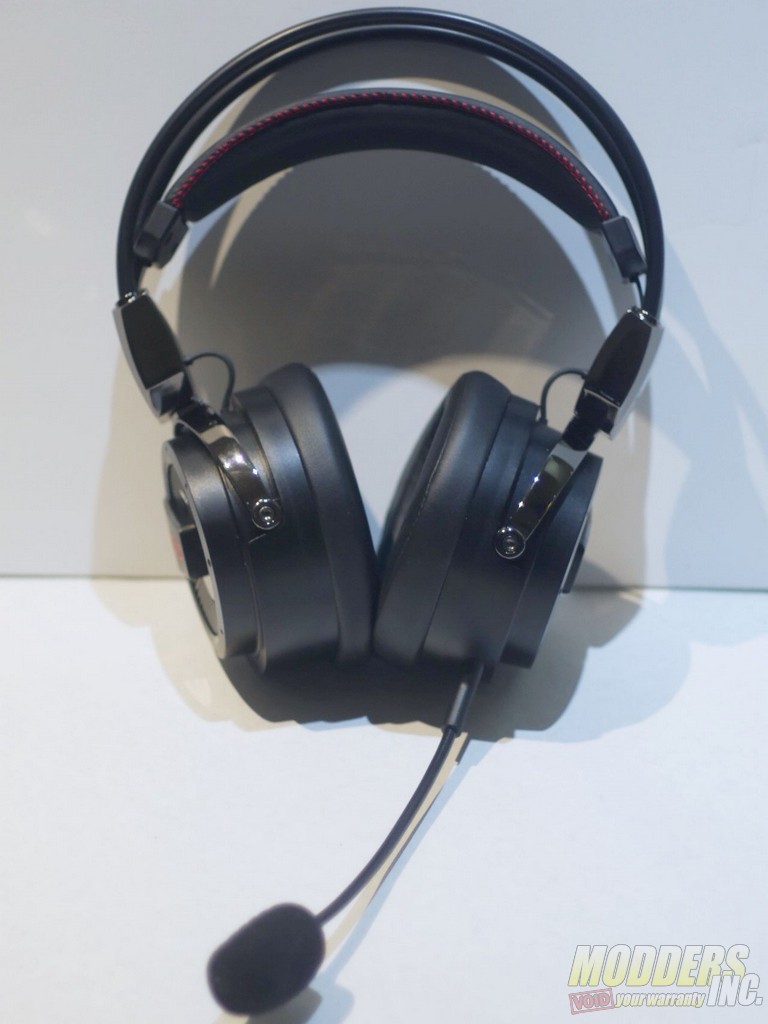
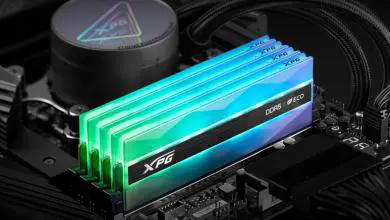
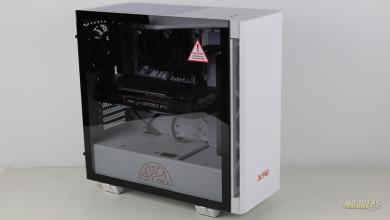
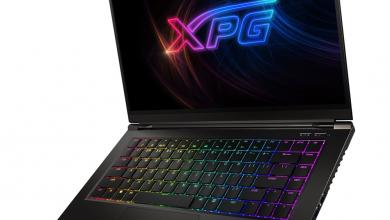
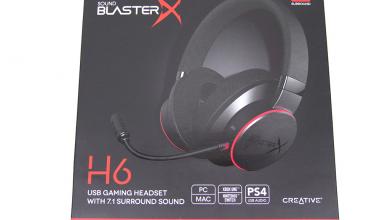
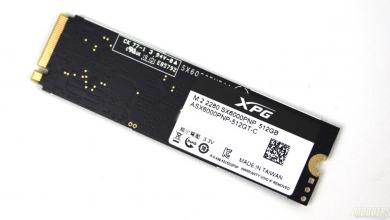
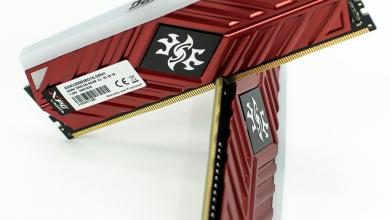

hello. im buy to day and using.i have a question .im using type c sound card and (czzzzzz) sound coming my headphone.but i use 3.5 mm jax no problem.and sound cart is soo hot its normal.it s cronicle error :( ?
That sounds like something broke inside the sound card. You should contact XPG’s support for help with fixing the card or getting a replacement.